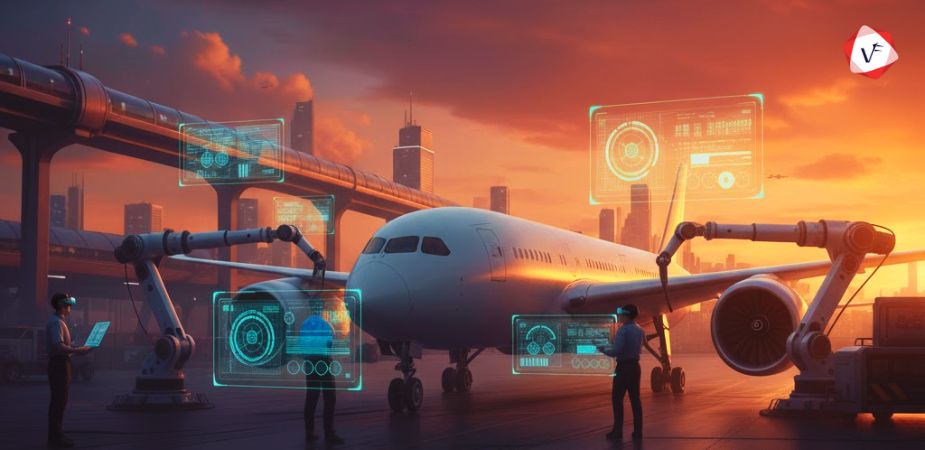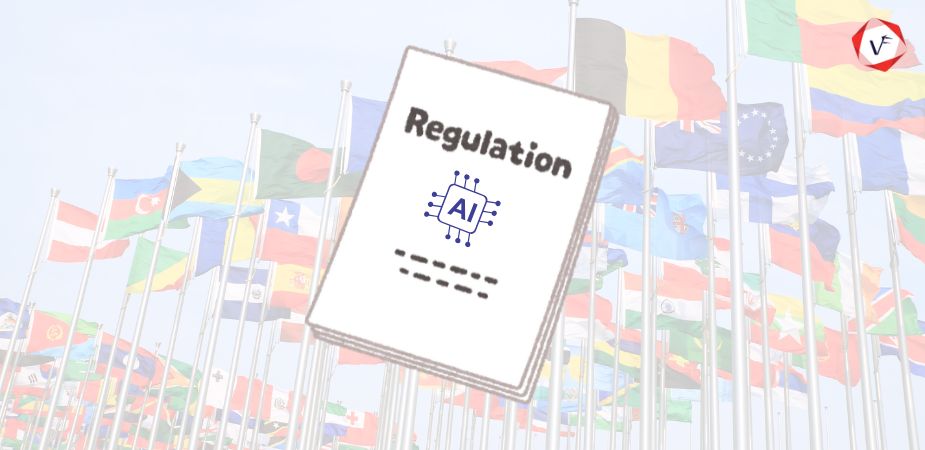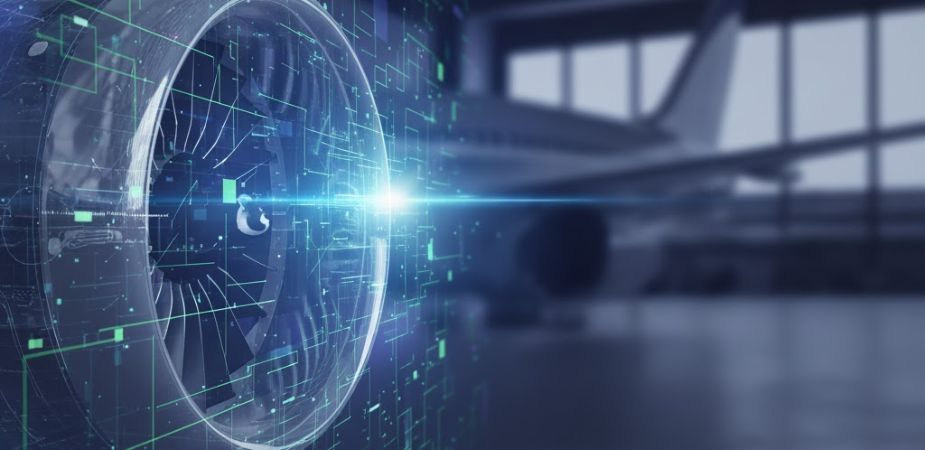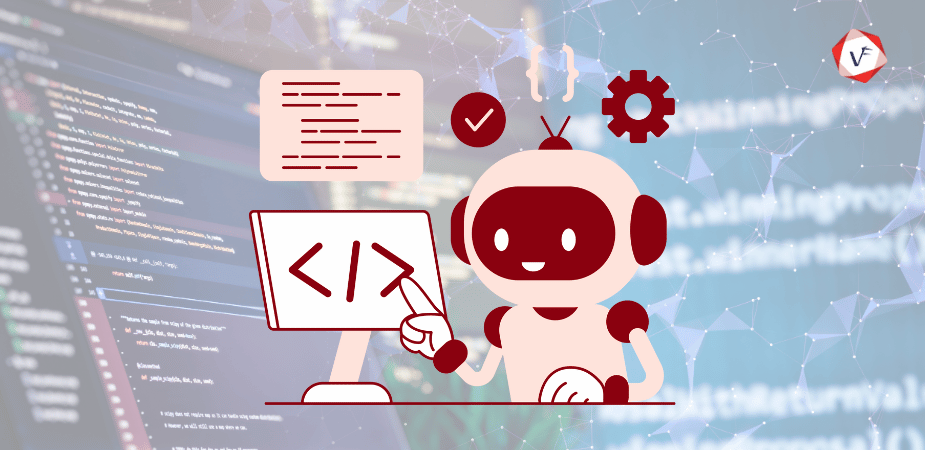The Evolution of Aviation Maintenance
Traditional aviation maintenance has long relied on fixed-interval inspections and reactive maintenance approaches. These conventional methodologies, while effective at ensuring baseline safety standards, often result in unnecessary maintenance activities, excessive component replacements, and suboptimal resource utilization.
The aviation industry has progressed through several evolutionary stages of maintenance philosophy, from corrective maintenance (fix it when it breaks) to preventive maintenance (schedule-based interventions) to the current transition toward predictive and prescriptive approaches.
Predictive maintenance solutions leverage advanced analytics to monitor aircraft systems continuously, detecting anomalies and potential failures before they occur. This shift from time-based to condition-based maintenance represents a significant advancement in maintenance operations, allowing maintenance teams to address issues precisely when needed rather than according to arbitrary schedules.
The integration of artificial intelligence into maintenance decision support tools marks the next frontier in this evolutionary trajectory. AI-powered maintenance systems can process vast quantities of operational data, identify patterns invisible to human analysts, and generate actionable maintenance recommendations with unprecedented accuracy. These capabilities are transforming how maintenance operations are conducted, enabling more proactive maintenance strategies that minimize unscheduled maintenance events and reduce aircraft downtime substantially.
AI Technologies Transforming MRO Operations
Several key artificial intelligence technologies are driving the transformation of aviation maintenance operations. Machine learning algorithms analyze historical maintenance data to identify patterns and correlations that can predict component failures with increasing accuracy. Deep learning models process complex datasets from aircraft sensors, maintenance logs, and operational parameters to detect subtle indicators of potential issues long before they manifest as visible problems.
Natural language processing capabilities allow maintenance systems to extract valuable insights from unstructured maintenance reports, technical documentation, and service bulletins. This enables maintenance operations to leverage the collective knowledge embedded in text-based resources that were previously difficult to analyze systematically.
Computer vision applications support visual inspections, automatically detecting surface defects, corrosion, or structural anomalies that might escape human inspection.
Optimization algorithms powered by artificial intelligence help maintenance planners sequence tasks optimally, allocate resources efficiently, and minimize aircraft downtime. These decision support tools consider countless variables simultaneously—including parts availability, technician expertise, regulatory requirements, and operational schedules—to develop maintenance plans that maximize efficiency while maintaining strict safety standards.
Digital twin technology, enhanced by artificial intelligence, creates virtual replicas of physical aircraft systems that simulate their operation and predict maintenance requirements with unprecedented accuracy. These sophisticated models enable “what-if” analysis that helps maintenance operations evaluate the potential impact of different maintenance decisions before implementation.
Operational Benefits of AI-Enhanced Maintenance
The implementation of artificial intelligence and decision support tools in aviation maintenance operations delivers multiple operational advantages. Perhaps most significantly, these technologies enable truly predictive maintenance capabilities that identify potential failures before they occur, reducing unscheduled maintenance events dramatically.
Airlines implementing AI-powered maintenance systems have reported reductions in unplanned maintenance of up to 30%, translating to significant improvements in dispatch reliability and on-time performance.
Maintenance resource optimization represents another crucial benefit. AI-based planning systems allocate maintenance personnel, equipment, and facilities more effectively, reducing waste and improving productivity. These systems match technician skills to task requirements, forecast parts needs with greater accuracy, and develop efficient workflow sequencing that maximizes maintenance throughput.
Inventory management also benefits substantially from artificial intelligence integration. Predictive maintenance systems anticipate parts requirements with greater precision, allowing maintenance operations to maintain optimal inventory levels that minimize both stockouts and excess inventory costs. Some airlines have reported inventory cost reductions of 15-20% following the implementation of AI-powered maintenance inventory management systems.
Enhanced safety outcomes represent perhaps the most important benefit of AI in maintenance operations. By identifying potential issues earlier and more reliably, these systems help prevent in-service failures that could compromise safety. The proactive identification of emerging problems enables intervention before conditions deteriorate to potentially hazardous levels.
Implementation Challenges and Solutions
Despite the compelling benefits, integrating artificial intelligence into maintenance operations presents several significant challenges. Data quality issues often hamper implementation efforts, as maintenance data may be incomplete, inconsistent, or stored in incompatible formats across multiple systems. Successful implementations typically begin with comprehensive data cleansing and standardization initiatives that establish the foundation for effective AI analysis.
Workforce adaptation represents another crucial challenge. Maintenance technicians accustomed to traditional procedures may initially resist AI-driven approaches. Effective change management strategies emphasize the role of AI as a decision support tool rather than a replacement for human expertise. Training programs that build both technical competence and confidence in AI-augmented workflows help overcome resistance and accelerate adoption.
Regulatory compliance considerations add complexity to implementation efforts. Aviation authorities are still developing frameworks for validating and approving AI-based maintenance systems. Organizations at the forefront of implementation are working collaboratively with regulators to establish appropriate validation methodologies that demonstrate the reliability and safety of AI-powered maintenance approaches.
Integration with existing maintenance management systems poses technical challenges that must be addressed. Rather than wholesale replacement of current systems, most successful implementations adopt incremental approaches that gradually incorporate AI capabilities into established maintenance workflows. This evolutionary approach minimizes disruption while allowing organizations to validate benefits progressively.
Future Directions in AI-Powered Maintenance
Looking ahead, several emerging trends will shape the continued evolution of AI in aviation maintenance. Increasingly autonomous maintenance systems will progressively automate routine decision-making, freeing human experts to focus on more complex challenges. These systems will move beyond simple anomaly detection to provide comprehensive decision support that includes recommended actions, projected outcomes, and implementation guidance.
Cross-fleet learning capabilities will enable maintenance intelligence to be shared across different aircraft types and operators. AI systems will identify patterns and insights from diverse operational contexts, accelerating knowledge acquisition and improving predictive accuracy for all participants in the knowledge-sharing ecosystem. This collaborative approach promises to elevate maintenance effectiveness industry-wide.
Edge computing architectures will bring artificial intelligence capabilities directly to the aircraft, enabling real-time analysis of operational data without dependence on ground-based systems. This distributed intelligence approach will support more timely maintenance decisions and reduce dependency on constant connectivity.
Human-AI collaborative frameworks will optimize the partnership between maintenance technicians and AI systems. Interface designs will evolve to present information in formats that complement human cognitive processes, and interaction models will become more intuitive and contextually aware. The result will be maintenance operations that leverage the complementary strengths of human expertise and artificial intelligence.
Final Thoughts
The integration of artificial intelligence and decision support tools into aviation maintenance operations represents a transformative opportunity for the MRO industry. By enhancing predictive capabilities, optimizing resources, and supporting more informed maintenance decisions, these technologies are fundamentally changing how maintenance is conducted.
Forward-thinking maintenance organizations are already realizing significant benefits from early implementations, while continuing advances promise even greater capabilities in the future. Solutions like Vofox’s FlightInsightAI and SpecOptimizer are excellent options for organizations looking to begin this transformation journey, offering proven platforms that can accelerate the adoption of AI-powered maintenance approaches.
As the aviation industry continues to pursue the dual imperatives of safety and efficiency, AI-enhanced maintenance will undoubtedly play an increasingly central role in achieving these essential objectives.





